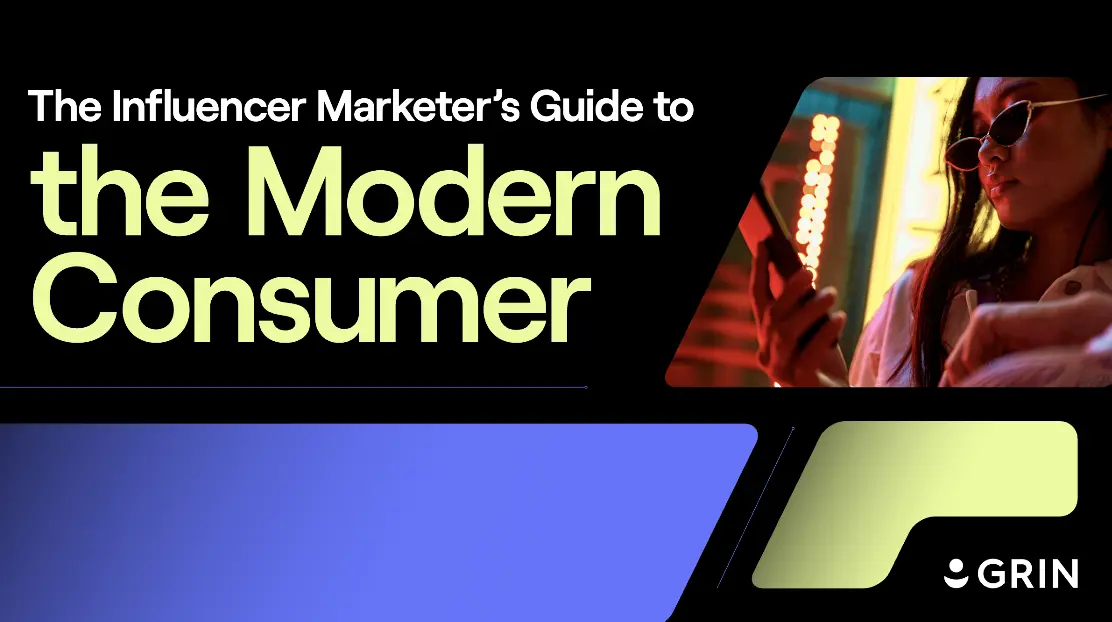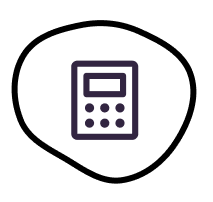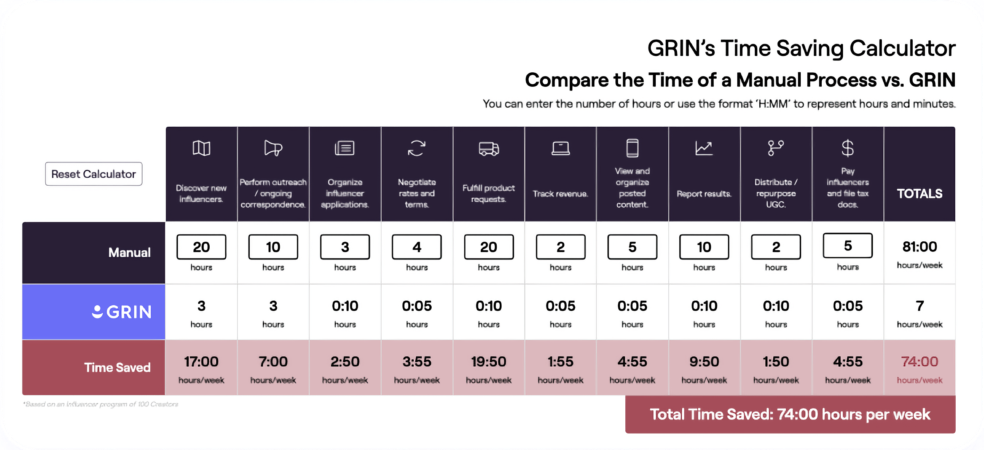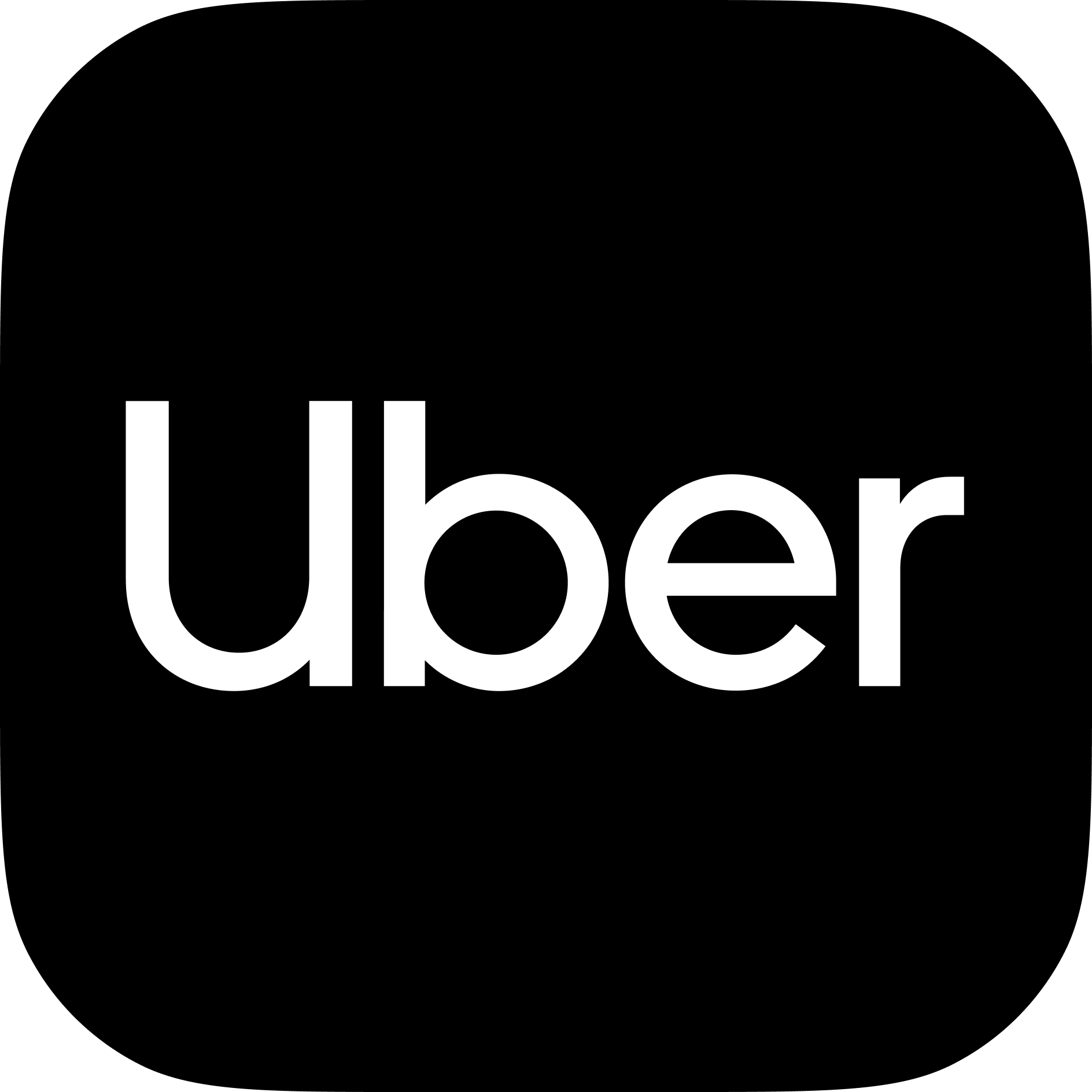The more you work on influencer campaigns, the more you get caught up in complications.
Trying to communicate with influencers and get them to create the types of content you need is a challenge. Then there’s the struggle of predicting what will perform well and avoiding things that won’t. And that’s only a little of what makes being an influencer marketing pro so difficult.
You have to wonder: Is influencer marketing supposed to be this hard?
It doesn’t need to be. Instead of feeling frustrated by the hard parts of your job, just use AI to make things easier.
Wait, “just use AI”? How exactly do you do that? You may be confused or hesitant about AI, but now’s the time to give it another look – and we have ideas you can try.
Tired of asking ChatGPT for advice? Apply to join the GRIN Communityfor free today. Real marketers, real conversations, real connections.
Top AI influencer marketing tips for next-level efficiency
There are lots of ways you can use AI to help with influencer campaigns. You don’t have to do all the things below, but see which strategies would be best for you.
Generate winning campaign concepts in seconds
If you’re stuck trying to think of ideas for your next influencer campaign, AI tools can brainstorm some for you. Or maybe you already have a bit of an idea, but it’s missing something. Let AI flesh out those missing details so you’ll have a campaign theme that’s well thought out and makes sense for your brand.
Try this prompt: Come up with five influencer campaign ideas for my brand. My brand sells [type of things you sell], my audience is [audience description], and I want the tone of the campaign to feel [fun, heartfelt, premium, etc.].
Map out a clear campaign strategy
Every good influencer campaign has a solid strategy behind it. And while you can certainly plan a strategy by yourself, you may find it difficult and time-consuming.
AI can be your assistant as you map out the strategy for your next campaign. Use AI to think of what kinds of influencers you want to work with (nano, micro, etc), what platforms to use, what types of content to create, and the campaign schedule. AI is useful for helping you think about details you may have missed.
Try this prompt: I need a strategy for an influencer marketing campaign. My brand sells [type of things you sell] and my market is [description of the people you want to attract]. Give me a strategy for what type of content influencers should create for this campaign and what platforms to use. (Follow up with more specific questions to get AI to explain details about what content should be created.)
Discover what keywords your audience is using
Hashtags may not carry the weight they once did—but discoverability still matters. What’s more important now is understanding what your audience is actually searching for, how they describe your product, and how platform algorithms surface content. AI tools can help you identify trending topics, common phrases in customer conversations, and platform-specific SEO patterns that make your content more likely to show up in searches.Try this prompt: What kinds of phrases or terms do people use when talking about [product]? Give me insights from recent TikTok or Instagram trends.
Fine-tune your messaging
Influencer campaigns aren’t just about someone holding up a product and talking about it. There has to be a deeper message behind the content. The ideas, words, and visuals of the content have to be carefully planned to resonate with how the audience thinks and feels.
Nailing the right message is one of the hardest parts of a campaign. You need content that resonates with your audience’s values, speaks their language, and highlights your product’s real-world value without sounding like an ad.
AI can help you identify emotional triggers, value propositions, and tone suggestions that align with your audience personas. You can also use it to reframe a message for different segments or test variations before going live.
Try this prompt: Here’s my campaign idea: [insert idea]. My audience is [describe audience]. Give me three different ways to message this idea—one emotional, one educational, and one playful.
Write scroll-stopping hooks
Sometimes you have a great idea for the theme of a piece of content, but you just can’t get the beginning right. That’s a problem because you only get a split second to stop someone’s scroll. AI tools can help you craft powerful hooks tailored to your platform and audience—whether it’s a punchy first line of a caption or the opening frame of a video.
Try this prompt: Come up with five attention-grabbing hooks to go at the beginning of this piece of content: [paste the script or caption]
Write clear, creator-friendly briefs
One of the biggest risks in influencer marketing is misalignment. When creators misunderstand the campaign vision, you waste time, money, and trust. AI can help you write clear, complete briefs that leave no room for confusion—ensuring your creative partners deliver content that aligns with your strategy, voice, and goals.
Try this prompt: Write a brief for an influencer who is going to create content about [product]. I would like them to create [type of content, such as short-form video or carousel] about the product. Explain what the influencer needs to do.
Get a second set of ‘eyes’ on your contracts
A well-written contract is a must-have every time you work with an influencer. It may seem tedious, but it gets you and the influencer both on the same page (literally). Contracts help both parties understand exactly what expectations are for each other. When your contract isn’t well-written, misunderstandings happen.
You may think the contract you received is good, but it’s nice to have a second set of eyes. The “eyes” are an AI tool in this case, and while AI isn’t a substitute for an actual lawyer, it can give you feedback on your contract and flag anything that you may need to take a closer look at.
Try this prompt: Here’s an influencer contract. Please highlight anything that could be vague or cause future issues. I’m especially concerned about [usage rights, deliverables, payment terms, etc.]. Are both parties protected?
Spot performance trends
Data tells you how well your campaigns work, and you can do data analysis both during and after a campaign. Whatever KPIs you came up with before the campaign should be used as benchmarks to measure the campaign’s success.
Analyzing campaign data can take forever and be confusing. Having AI crunch the numbers is a real time-saver. Use AI to take a look at your metrics and notice trends. Have it point out the strengths and weaknesses of the campaign.
Try this prompt: Here are the numbers from our latest influencer campaign. [insert numbers] The goals of this campaign were to [explain goals and insert KPIs]. What are the strengths and weaknesses for how this campaign performed? (After AI answers this question, you can ask “What can we do next time to improve these statistics?”)
AI influencers: will they ever outperform the ‘real thing’?
There’s one more very interesting way to use AI in influencer marketing: Create AI-generated influencers. Programs like RenderNet and Creatify let you generate videos of virtual influencers who talk and move and are happy to promote your products—just write a script and they’ll say it Ron Burgundy-style.
AI-generated influencers are intriguing—and yes, they’re cost-effective. But they can’t replicate the authentic connection that real creators build with their communities. Human influencers bring lived experience, trust, and relatability that AI simply can’t. In most cases, your best-performing content will come from real people with real influence.
AI tools are a great complement to your strategy, not a replacement for the human element that makes influencer marketing so powerful.
Key takeaway: AI can make your life much easier as an influencer marketing professional.
There’s a reason more and more influencer marketing pros are embracing AI tools. AI is like a second brain that helps you figure out the tricky parts of influencer campaigns like content ideas, contract details, and data analysis. While it can’t replace human stories and emotions, it can speed things up and enhance your creative process.
There isn’t just one right way to use AI in influencer marketing. That’s why it helps to experiment with different ways to use it and see what fits your workflow and process. The future is here, so you might as well take advantage of it!



















